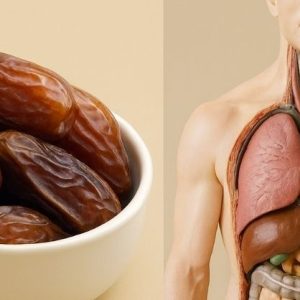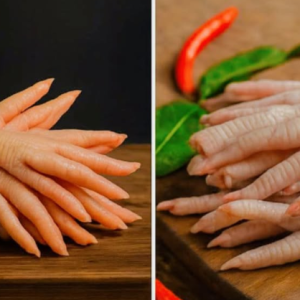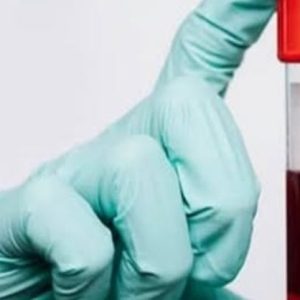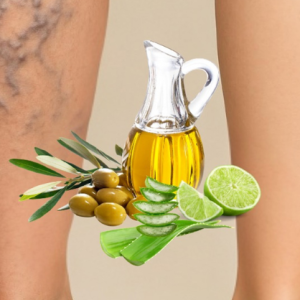
Honey is one of the oldest and most valued natural foods, prized for both its medicinal properties and its unique flavor.
However, today it’s common to find adulterated versions that contain only a small percentage of real honey mixed with syrups or added sugars. That’s why it’s important to know how to tell if the honey you’re buying is truly authentic.
Below are five simple and effective home tests to help you find out.
1. The Jar Test
Take your honey jar, shake it gently, and turn it upside down.
Real honey: When you move it, bubbles form and rise slowly to the top, sometimes taking up to two hours because of its thickness and density.
Fake honey: If the bubbles disappear quickly or don’t appear at all, it’s likely diluted with water or syrup.
2. The Water Glass Test
Fill a clear glass with water and drop a spoonful of honey right in the center — don’t stir.
Real honey: It sinks straight to the bottom and holds its shape.
Fake honey: It dissolves before reaching the bottom, a clear sign it contains additives.

3. The Crystallization Test
Pure honey naturally crystallizes, especially in cool climates or when temperatures drop below 57°F (14°C).
Real honey: It thickens and develops fine granules while still retaining all its beneficial properties.
Fake honey: It stays liquid all year long, which often means it’s been heat-treated or mixed with sugars.
4. The Paper Test
Place a few drops of honey on a clean sheet of paper or a napkin.
Real honey: It stays on the surface without spreading or soaking through.
Fake honey: It leaves a damp ring or wet spot due to added water or syrup.
5. Smell, Taste, and Texture
- Aroma: Pure honey has a deep, floral fragrance.
- Taste: Sweet, with slight natural bitterness or herbal undertones.
- Texture: Thick, dense, and slightly sticky — it leaves a warm sensation in the throat.
Fake honey tends to be overly sweet, lacks depth of flavor, and dissolves quickly in the mouth.

Tips and Recommendations
- Buy honey from local producers or farmers’ markets where you can learn about its origin.
- Avoid honey that stays clear and runny all year round.
- Store honey in a cool, dry place away from direct sunlight to preserve its properties.
- If you’re using honey for medicinal purposes, choose raw honey from beekeepers who don’t pasteurize it.
- Never use a wet spoon when scooping honey — moisture promotes fermentation.
Knowing how to spot real honey not only ensures you enjoy its natural flavor but also allows you to benefit fully from its health-promoting properties. With these simple home tests, you’ll be able to detect adulterated versions and choose genuine, nutrient-rich honey — straight from the hive to your table.




